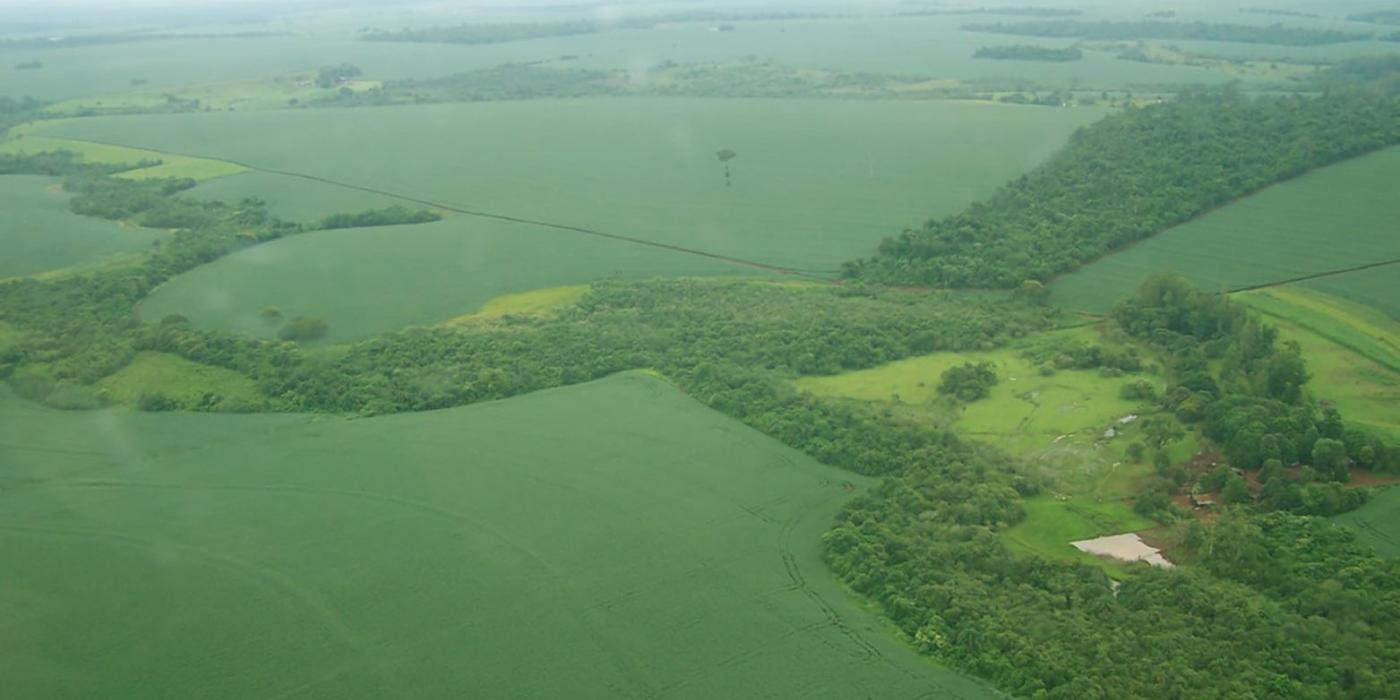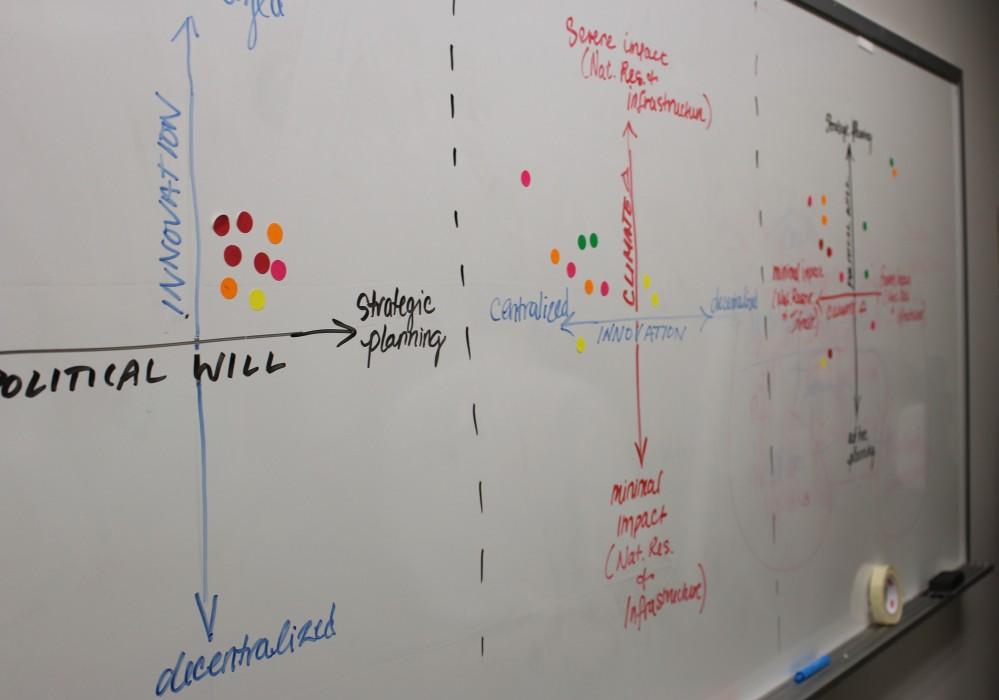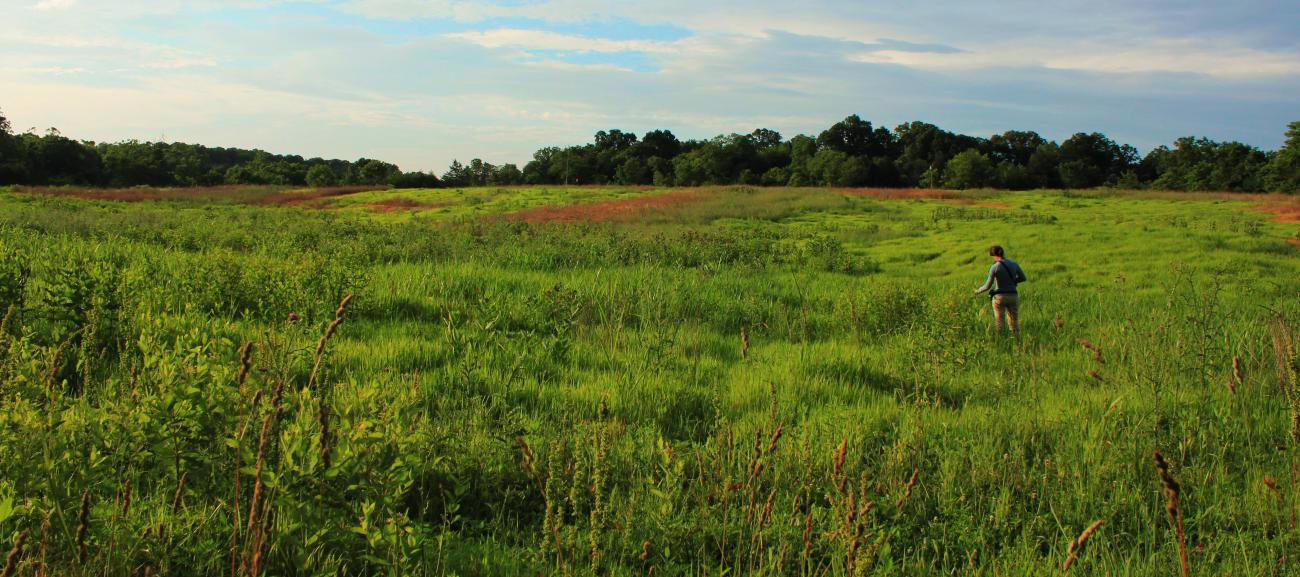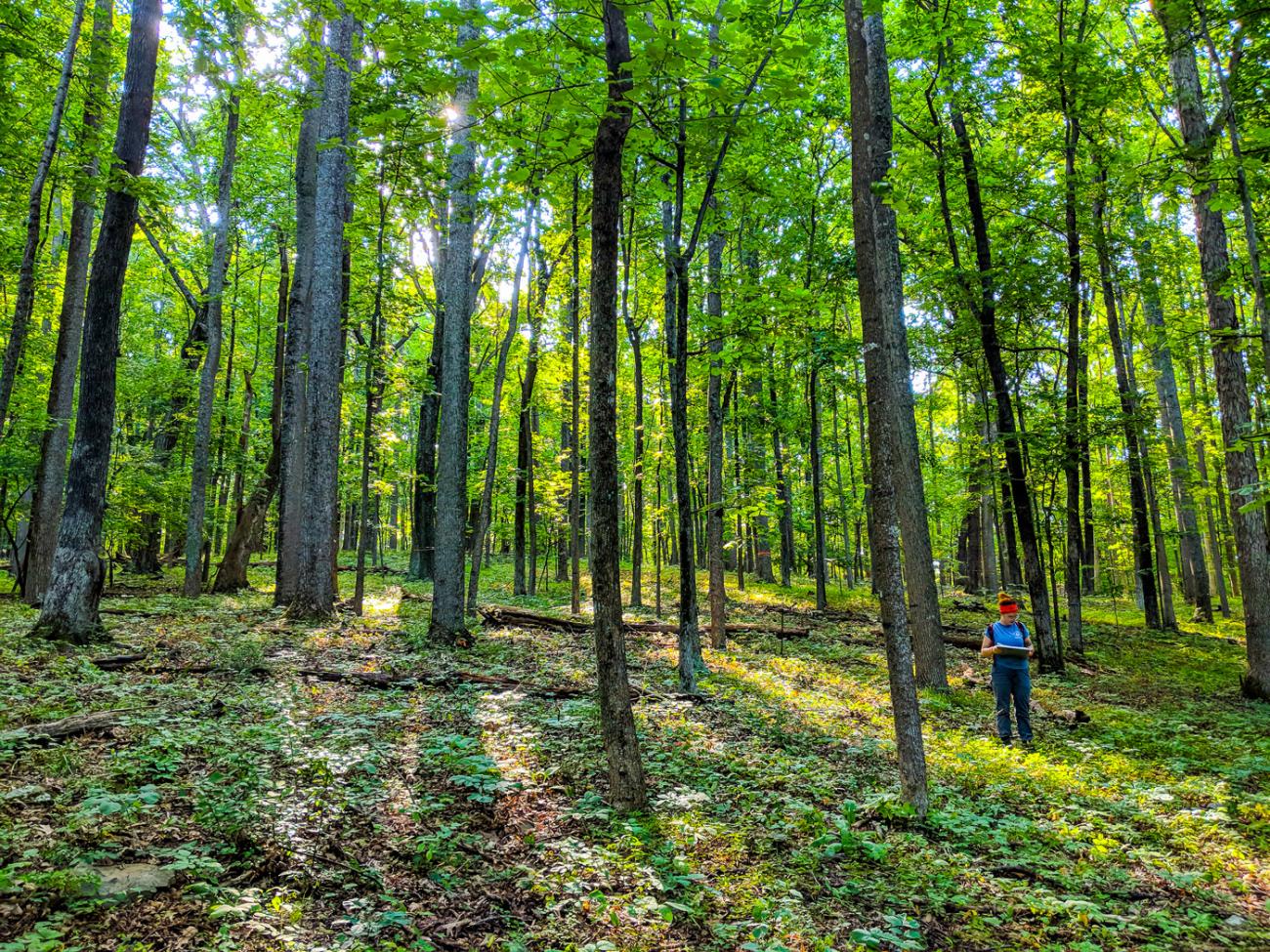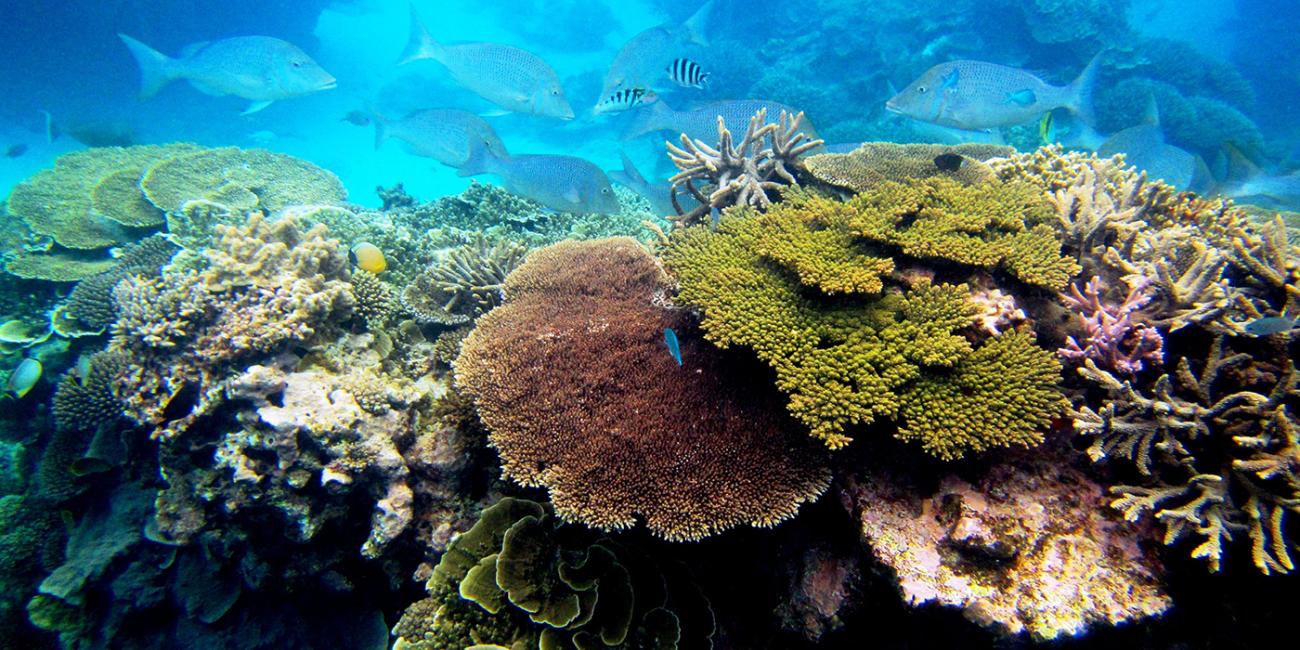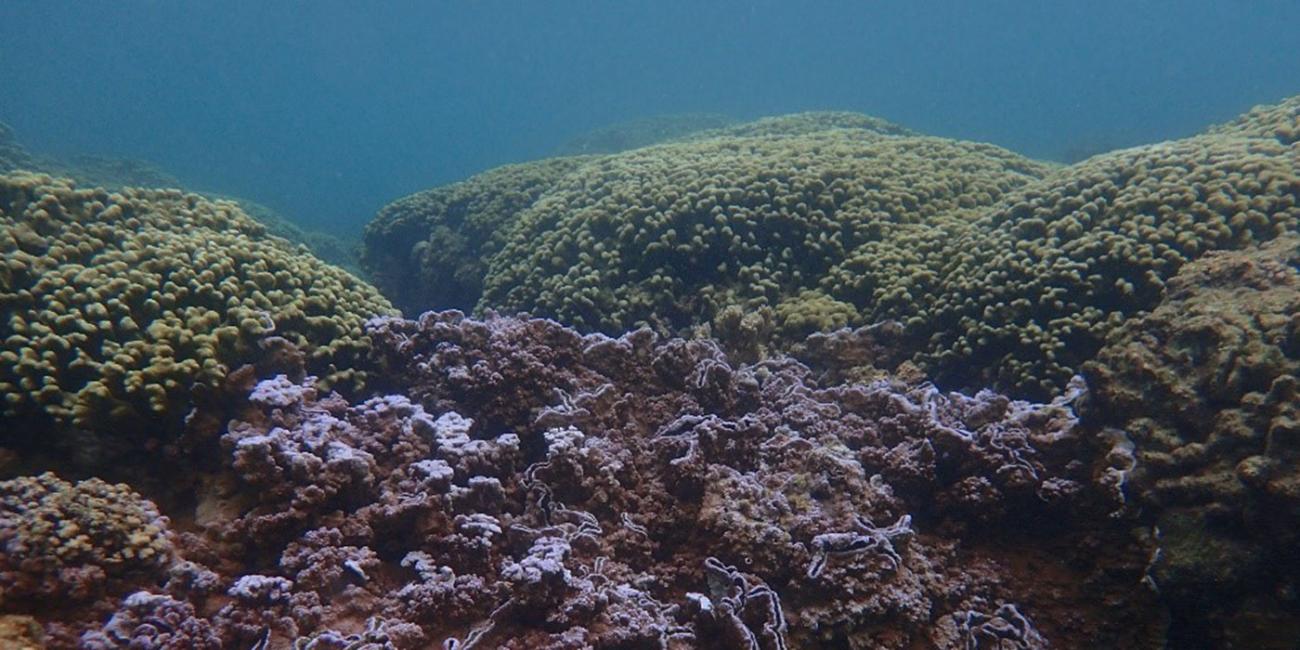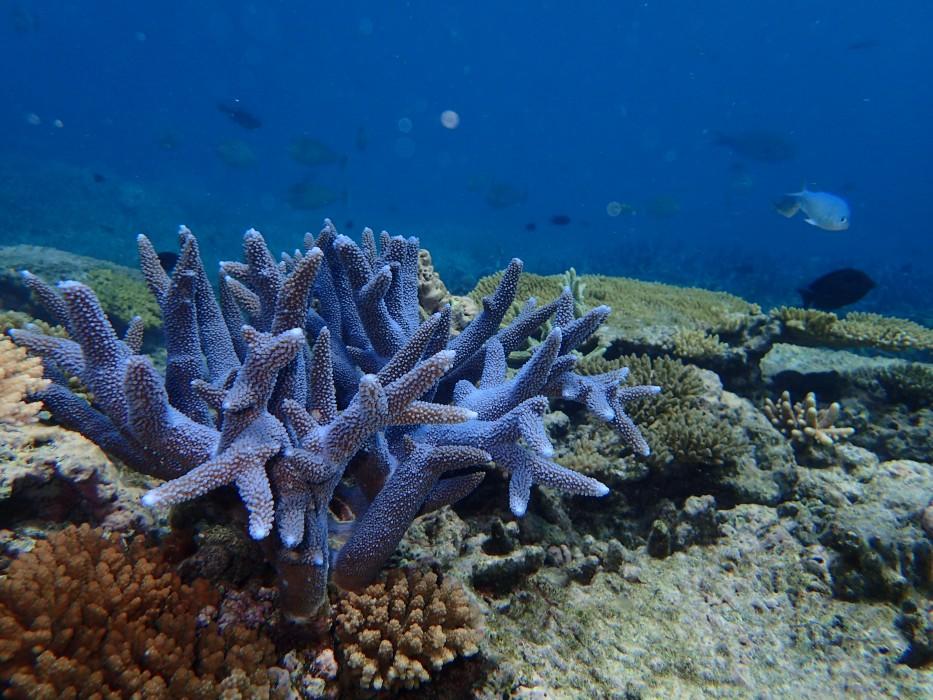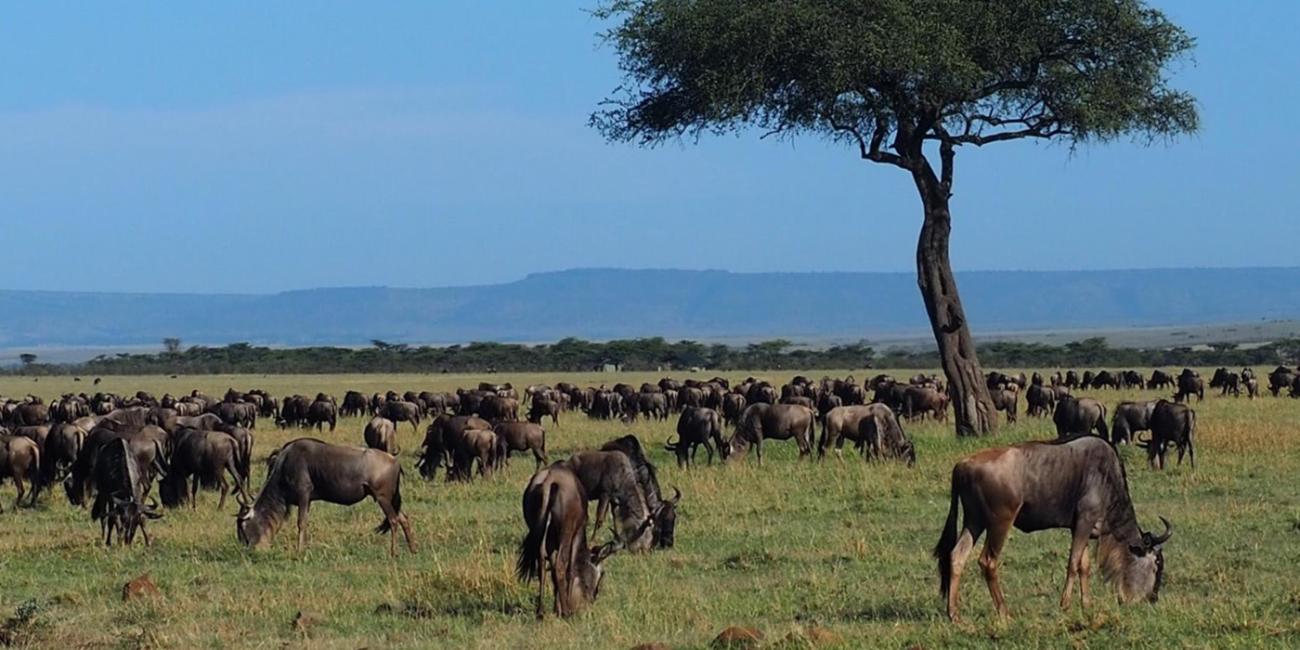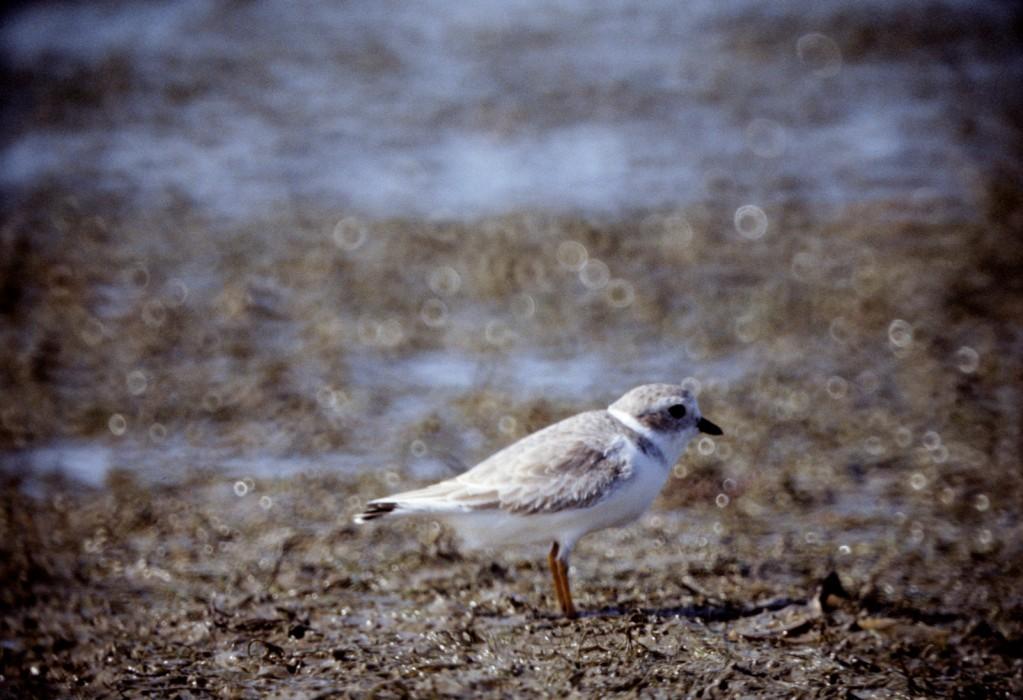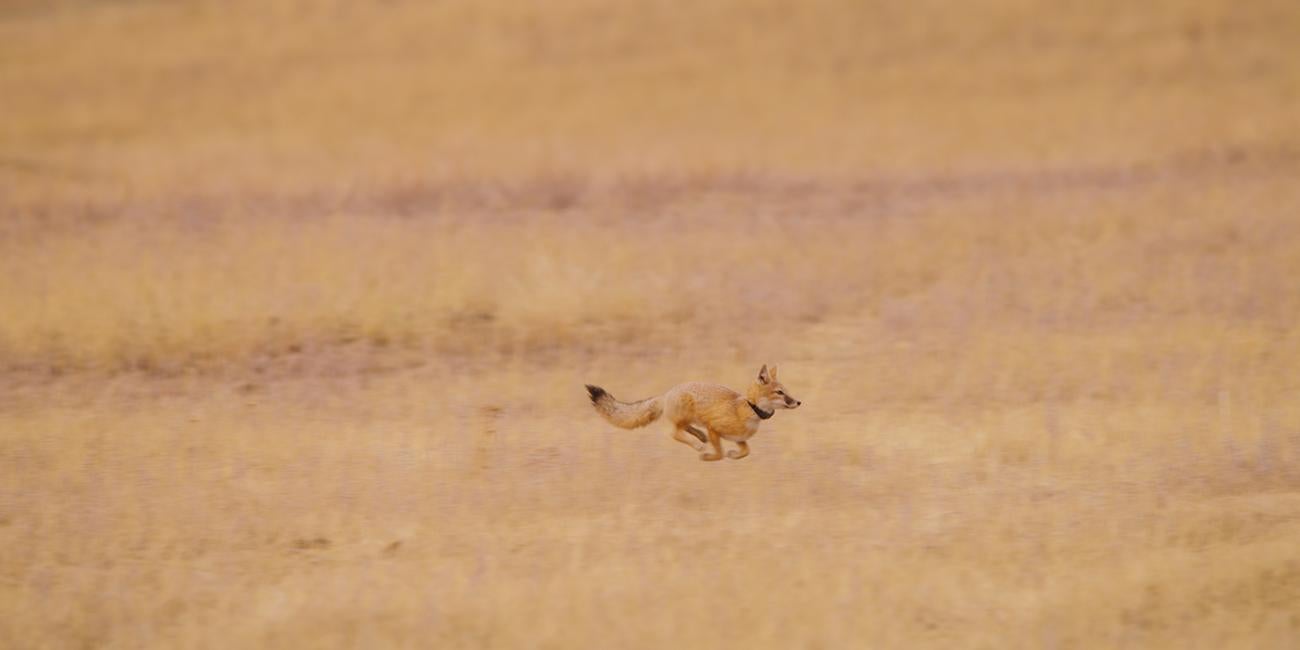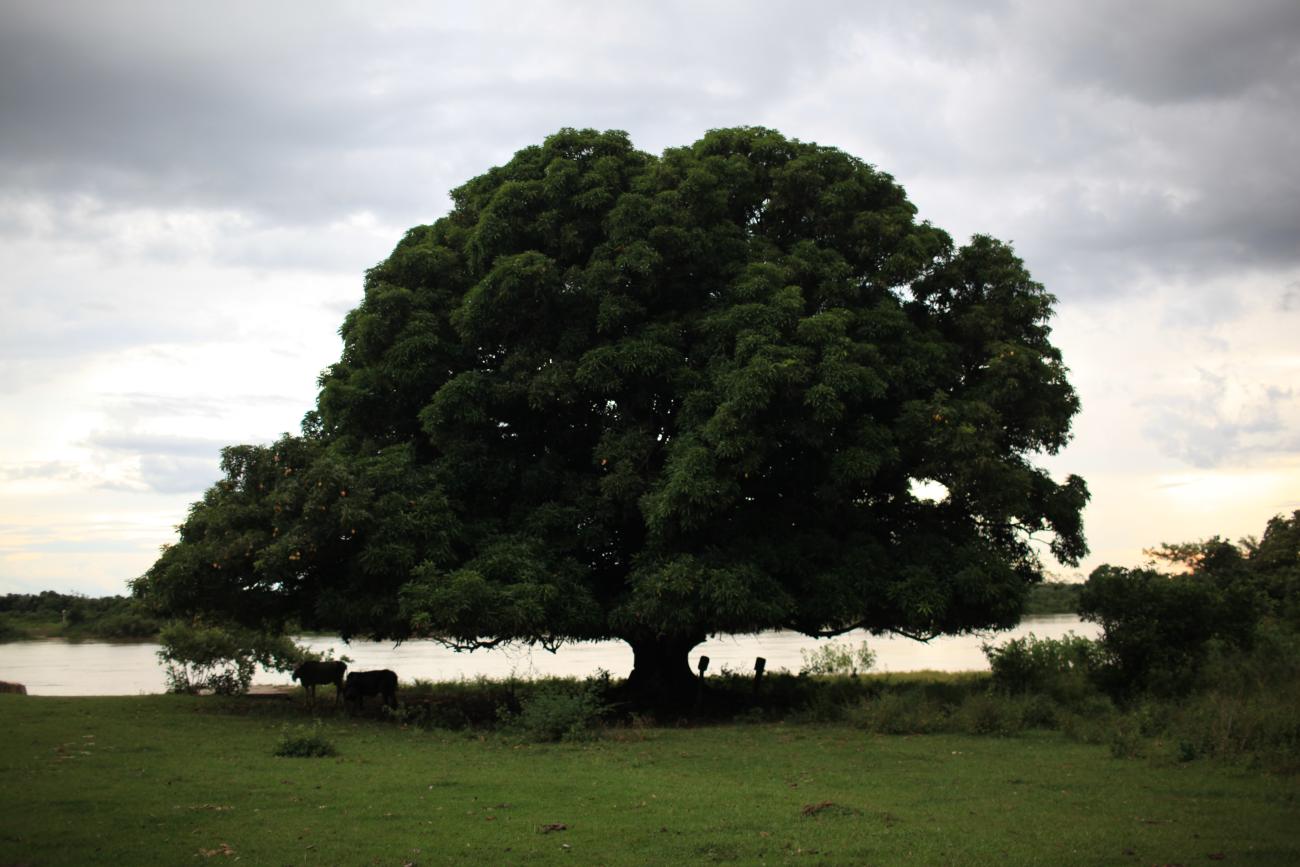Atlantic Forest Conservation in Paraguay
The Paraná River region, which winds through central South America along the border between Brazil and Paraguay, is home to an incredible diversity of both wildlife and human communities. Jaguars, caimans, capybaras, and countless other species live in close proximity to local human communities, who rely on the resources of the Paraná River for food, transportation, drinking water, hydroelectric power, and agriculture.
But this ecologically rich region is one of the most threatened areas in the world. Rapid expansion of agriculture, urban development and livestock production have resulted in major deforestation and habitat fragmentation of the Paraguayan Atlantic Forest. Approximately 80% of the forest has been lost in the last 50 years.
Together with partners, Smithsonian scientists from the Center for Conservation and Sustainability are working to increase conservation efforts throughout the Paraguayan Atlantic Forest region by focusing on strategic initiatives that protect natural habitats and restore biodiversity.
Monitoring biodiversity along the Paraná River
In conservation terms, species of concern are protected through ex-situ and in-situ conservation strategies. In-situ conservation protects wildlife in their native habitats. Ex-situ conservation supports off-site preservation by maintaining genetically diverse wildlife populations in human care.
To protect the Paraguayan Atlantic Forest region’s biodiversity, Smithsonian scientists from the Center for Conservation and Sustainability support in-situ conservation initiatives by researching and developing best practices to manage protected areas with healthy wildlife populations.
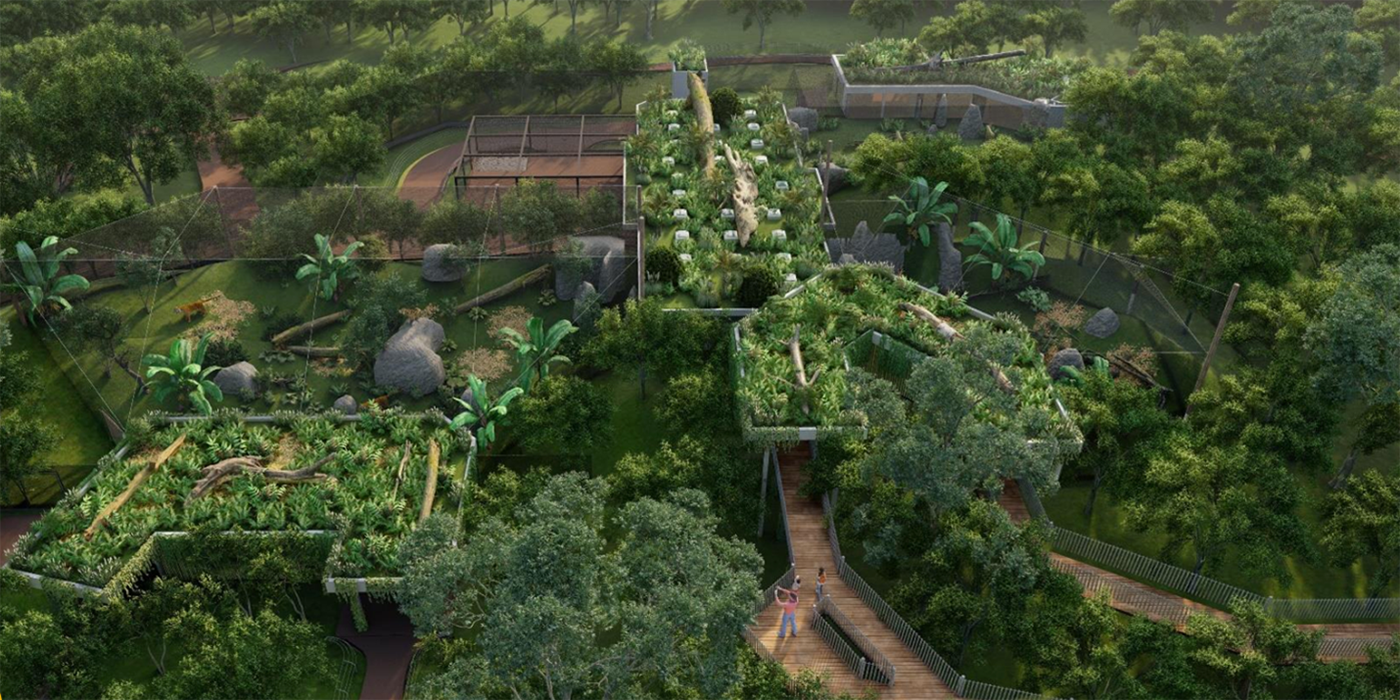
Aerial view of the new exhibit area at the Tekotopa Environmental Center in Paraguay.
Credit: ITAIPU
Smithsonian scientists have collaborated with ITAIPU on the creation and development of a new interpretive science and education center in Paraguay. Named Tekotopa, after the Guarani words for “life” and “meeting”, this innovative facility is dedicated to the preservation of the region’s cultural and environmental heritage.
Working collaboratively with ITAIPU leadership, Smithsonian researchers have offered strategic guidance on the development of Tekotopa, focusing on best practices in animal science, nutrition, reproduction and genetics at the facility. Smithsonian researchers also provide conservation recommendations for Tekotopa’s ex-situ wildlife populations, working closely with colleagues to support species recovery plans, animal exhibits, strategic and educational outreach plans. Additionally, Smithsonian staff provide technical support and training to help the center receive the highest levels of accreditation for zoological facilities when it opens to the public in 2025.

